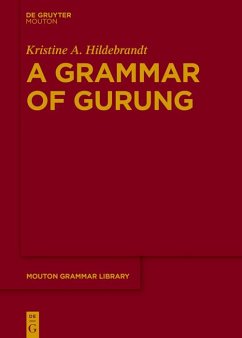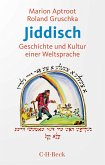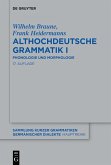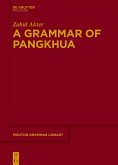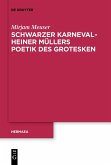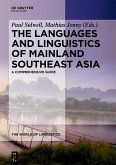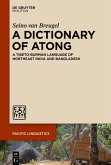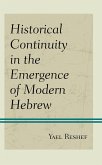This grammar focuses on the variety of Gurung spoken in Manang District Nepal, but it includes detailed comparison with available data on other varieties spoken in other regions of Nepal and in India. The description is based on primary data collected during fieldwork conducted between 2004 and 2017, including both natural and elicited data. Of particular interest in this description is the register-based tone system, which diverges from descriptions of tone for other related languages spoken in the region. Also of interest in this language is the phenomenon of differential case marking.
The grammar provides new analyses and insights that are relevant to our understanding of the synchronic typology and areal relationships, and also the diachronic changes, within the western Tibeto-Burman region.
Dieser Download kann aus rechtlichen Gründen nur mit Rechnungsadresse in A, B, BG, CY, CZ, D, DK, EW, E, FIN, F, GR, HR, H, IRL, I, LT, L, LR, M, NL, PL, P, R, S, SLO, SK ausgeliefert werden.

